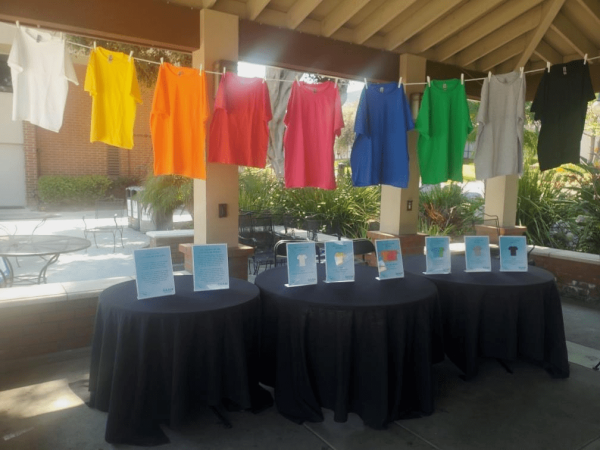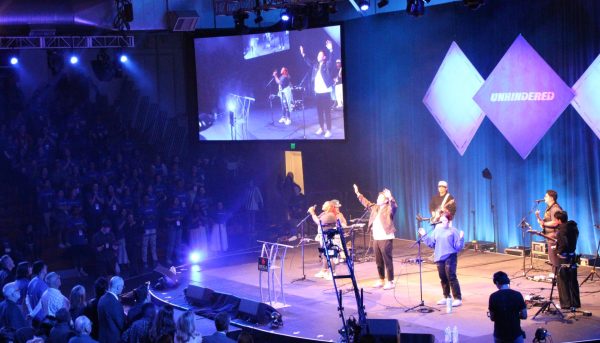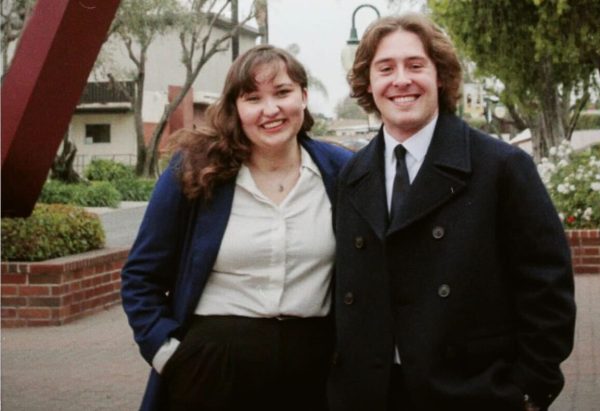Summer construction preludes larger changes
Small changes to Biola buildings, like new practice rooms in the music building, foreshadow grander projects in the works.
September 2, 2009
Minor changes tide over students until completion of major on campus construction.
Models of the arts and sciences buildings that will replace the current McNally buildings are scheduled for release within the next few weeks, revealed Ken Bascom, senior director of facilities planning and construction. The construction of these buildings will follow that of the Talbot School of Theology buildings, which Talbot plans to break ground for within the next year. Meanwhile, students are enjoying recent additions to the campus, including practice rooms for music majors and sidewalks leading from the lower campus to Fluor Fountain.
“It’s great,” said junior Kathryn Taylor. “We don’t have to worry about being hit by cars anymore.”
Music lovers also have new places to enjoy. While they wait for the finalized plans for the arts and sciences buildings, music majors are taking advantage of recently added practice rooms, without which Bascom said the department would have to begin cutting activities.
“We were in desperate need of more practice rooms,” said Amanda Hoh, a sophomore vocal music major. “Many instrumentalists and voice students were not getting as many opportunities to practice in the conservatory as they should have.”
Bascom said they couldn’t stop improving the department just because they knew something better would come eventually. The arts and sciences buildings are still in the earliest planning stages. With all the money in the world Bascom said,“it would still take three to four years to build.”
“We’re meeting the level of what’s going on now in the conservatory, and the updated Crowell Hall and practice rooms are designed so that they can serve as faculty offices when the move does take place.”
Kathy Little, the administrative assistant for the Conservatory of Music, said the music department hasn’t forgotten the massive pipe organ currently located in Crowell Hall, and plans to prserve it in some fashion.
As for the new buildings, Little said the new complex will eliminate many limitations within the department by providing extra space for opera productions, rehearsals and concerts.
Bascom’s department is now focusing on the Talbot project, which they can actualize as soon as they raise enough money. The project will cost over $40 million total, and Talbot has raised $8 million of the $16 million needed to begin construction.
Biola has a total of 14 months to raise the needed funds and break ground. The building permit expires in October, after which Talbot will have two chances to extend the permit for six months
Once completed, the buildings will replace Myers Hall, connect to the lower level of Feinberg Hall and house offices for the 70 full-time and approximately 50 part-time Talbot faculty members, many of whom are currently confined to cubicles.
“We’re flat out of space,” said Dennis Dirks, dean of Talbot. “The new buildings are essential to accomplishing our mission of educating undergraduate students and helping them to understand and relate God’s Word. We can’t do what God has given us the task of doing without the new buildings.”
Bascom said the buildings will meet the needs of the entire community.
“Talbot is in many ways the core curriculum of Biola,” he said. “All the undergraduate Bible classes are taught by Talbot faculty.”






